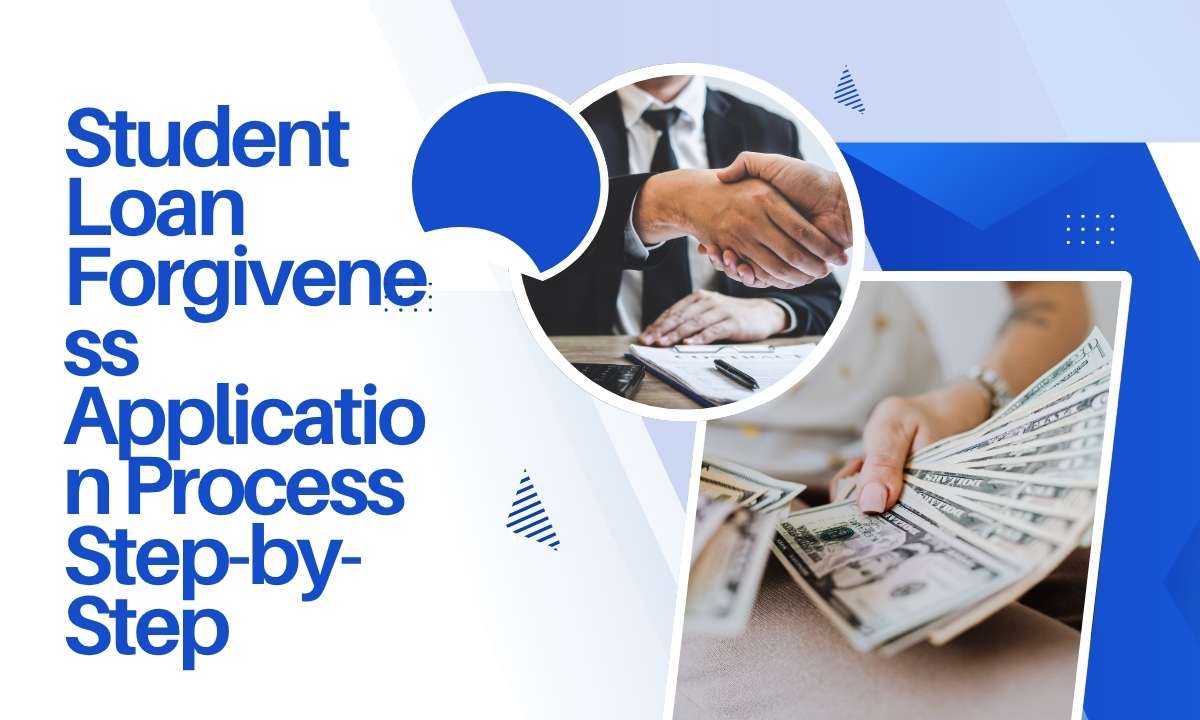Student loan debt has become one of the most significant financial burdens for millions of individuals worldwide, especially in the United States. For many borrowers, managing monthly loan payments becomes increasingly difficult due to economic pressures, rising living costs, or career changes. In this context, student loan forgiveness offers a valuable relief option that can eliminate some or all of a borrower’s federal loan balance. However, the application process can often seem confusing or overwhelming, particularly for first-time applicants. To make the journey easier, it’s important to understand each step clearly and prepare accordingly. This guide will walk you through the student loan forgiveness application process step-by-step in 2025, ensuring that you know exactly what to do and what to expect along the way.
Know If You Qualify for Forgiveness
Before beginning the application process, it is essential to confirm whether you are eligible for student loan forgiveness. Several types of forgiveness programs exist, including Public Service Loan Forgiveness (PSLF), Teacher Loan Forgiveness, and Income-Driven Repayment (IDR) forgiveness. Each program has specific criteria related to employment, loan type, and repayment history. For instance, PSLF requires working for a qualified nonprofit or government employer for at least ten years and making 120 qualifying payments under a qualifying repayment plan. Understanding which program you qualify for will help you prepare the correct documentation and ensure you meet all the necessary conditions before applying.
Prepare All Necessary Documentation
Once you’ve identified the correct forgiveness program, the next step is to gather the required paperwork. Documentation requirements vary by program but typically include proof of qualifying employment, income verification, loan details, and repayment history. For PSLF, this may include the Employment Certification Form (ECF) for each employer you’ve worked with during the qualifying period. It is also wise to collect tax records and pay stubs as they may be requested to verify income if you’re applying under an income-based plan. Submitting accurate and up-to-date documents can prevent delays and ensure a smoother review process by loan servicers.
Submit the Correct Application Form
After collecting your documents, the next step is to complete and submit the appropriate loan forgiveness application. Each program has a separate form, and it’s crucial to download the latest version from the official Federal Student Aid (FSA) website. Applicants for PSLF, for example, must submit the PSLF and Temporary Expanded PSLF (TEPSLF) Certification and Application form. This can often be done online through the Federal Student Aid portal or mailed to the appropriate address provided by your loan servicer. When filling out the application, double-check every section to make sure all information matches your supporting documents, as inconsistencies may lead to delays or denials.
Communicate with Your Loan Servicer Regularly
During and after the application submission, maintaining consistent communication with your loan servicer is essential. The servicer is the company that manages your loan payments and handles your forgiveness application. They will provide updates about the status of your application, request additional documents if needed, and notify you about any actions required from your side. Make sure your contact details are current and respond promptly to any messages or inquiries. Staying proactive in communication not only ensures your application remains active but also helps you stay informed of any changes in forgiveness policies or loan servicing processes.
Monitor Application Status and Stay Patient
After submitting the application, it can take several weeks or even months for a final decision to be made, depending on the program and the volume of applications being processed. During this waiting period, regularly check your loan account online for updates on the application status. If you’re applying under PSLF, your servicer may first confirm your eligibility and then periodically update the number of qualifying payments you’ve made. Patience is important during this stage, as processing times can be extended during periods of high demand. Continue making required payments, if applicable, until you receive formal confirmation that your loans have been forgiven.
Follow Up with Appeal or Additional Action if Needed
In some cases, an application may be rejected due to missing documentation, incorrect forms, or not meeting the eligibility criteria. If your application is denied, carefully review the explanation provided by your loan servicer and determine whether you can submit an appeal. You may also contact the Federal Student Aid Ombudsman Group for assistance in resolving disputes. If you’re missing a few qualifying payments, you may need to remain in your eligible role and continue making payments before reapplying. In any case, don’t give up if you’re initially denied—many borrowers are approved after correcting errors or fulfilling outstanding requirements.
Final Thoughts
Navigating the student loan forgiveness application process may seem intimidating at first, but with proper preparation and a clear understanding of the steps involved, it becomes more manageable. Whether you are applying through a public service program or an income-driven plan, knowing your eligibility, gathering accurate documents, and staying engaged with your loan servicer are crucial elements of a successful application. In 2025, as student loan policies continue to evolve, staying informed and proactive is more important than ever. Student loan forgiveness is not just a financial relief option—it can also offer peace of mind and open the door to greater financial freedom in the future. By following the right process and remaining patient, borrowers can increase their chances of having their student debt officially forgiven.










